In many parts of the world, co-sleeping and bed sharing is a widely-accepted practice, wherein the baby shares the same bed with their parents. However, in recent times, the idea of co-sleeping and bed sharing has become a controversial topic. The controversy arises from some research studies that have shown the negative aspects of co-sleeping and bed sharing. There is a lot of variability in the findings of these research studies, but some people have come to believe in them anyhow and are tending to avoid co-sleeping and bed sharing. As a parent, you need to know that co-sleeping and bed sharing is more of a personal choice than anything else. For better understanding, let’s take a look at some of the important pros and cons of co-sleeping and bed sharing.
Pros of co-sleeping and bed sharing
Easier to bond and nurture:
Co-sleeping and bed sharing makes it easier for parents to establish long-lasting bonds with their child. The skin-to-skin contact; the warmth and security of being close by; and being able to quickly tend to the baby’s needs are crucial in creating long-lasting bonds with the baby. One of the essentials of nurturing is to ensure that the baby feels loved and cared, something that can be achieved through co-sleeping and bed sharing.
Easier to breastfeed:
During the first 6-12 months, your baby will need a constant supply of energy and nutrients for their growth and development. It’s likely that they will get hungry and demand food during the night. Co-sleeping and bed sharing makes it quite easy to breastfeed your baby. In comparison, if your baby is sleeping in a separate crib, you will have to walk up to the crib and lift the baby to feed them. This would disturb both your and your baby’s sleep.
Reduced crying:
Co-sleeping and bed sharing is naturally comforting for your baby. The emotional connection between a baby and her mother may be difficult to validate scientifically, but it’s there and both have the capacity to feel and experience it. As the baby will feel more secure in a co-sleeping environment, it will also reduce their anxieties and other stress factors. It will help ensure that the baby cries a lot less during their sleep. Even if they cry, you would be close by to take care of their needs.
Faster recovery from postnatal depression:
Around 10% of new mothers tend to experience some form of postnatal depression. Research studies have shown that co-sleeping and bed sharing can help new mothers recover faster from their medical complications post childbirth. Co-sleeping and bed sharing is also recommended for caesarean deliveries since getting up from the bed repetitively would be quite challenging for such mothers. It can exert pressure on the stitches and interfere with the healing wound.
Better work-life balance:
Babies with working parents are likely to miss the required love and care during the daytime. Once the paternity and maternity leaves are over, working parents have to get back to their professional responsibilities. Co-sleeping and bed sharing can provide parents the opportunity to compensate for the lack of love and care that the child may have experienced during the daytime. It will also help working parents to avoid the guilt of not doing enough for their child.
Cons of co-sleeping and bed sharing
Relationship issues:
Co-sleeping and bed sharing can cause relationship issues between parents. A parent may not like the idea of sharing the bed with their baby or it may be about the lack of an active sex life. A parent may also not like the baby’s constant interruptions or crying. A week or two may be okay, but when adjustments need to be made for several months, it can create conflict between parents. Not all parents will fight, but the possibility exists.
Sleep disturbance:
It’s generally believed that parents get used to their baby’s sleep patterns in a co-sleeping and bed sharing environment. However, this may not work out for every parent. Some parents may find it difficult to deal with the constant movements and demands of their child, which might disturb their sleep. Lack of sleep can cause a host of problems at home and at the workplace, so it makes sense for parents to discuss their options.
Lack of temperature control:
When you feel hot or cold, you can adjust your blanket accordingly. However, your baby won’t be able to do the same on their own. Moreover, your body temperature and the blanket can combine to overheat the baby. You won’t face such issues when you use a separate crib for your baby. You can swaddle the baby and keep them in their crib, so that they won’t have to experience temperature fluctuations during their sleep.
Increased risk of SIDS:
This topic is being fiercely debated, but recent research studies have pointed out to increased risk of SIDS (Sudden Infant Death Syndrome) in a co-sleeping and bed sharing environment. The findings are controversial since it clashes with prevailing norms. For example, SIDS cases are the lowest in Japan, where co-sleeping and bed sharing is a traditional practice. However, the findings of the research cannot be brushed aside, as they were based on factual data.
Problems with acting independently:
After 2-5 years, the child will have to move to their own room or share another room with their siblings. When babies are nurtured in a co-sleeping environment, they might not like the idea of being separated from their parents. They might strongly protest and cry, which might scar them emotionally. Parents can utilize a gradual separation approach to solve the problem.
Whether you choose against or in favor of co-sleeping and bed sharing it will depend on what you think is best for your baby. Many parents might tell you that it has worked out fine for them, whereas others may point out to the related problems. It would be worthwhile to remember that babies are social beings and they need to be comforted and cared for at all times. Co-sleeping and bed-sharing can provide babies the love and warmth that they are naturally programmed to receive. However, your situation and needs may vary, so it’s entirely up to you whether you choose co-sleeping or a separate crib for your baby.



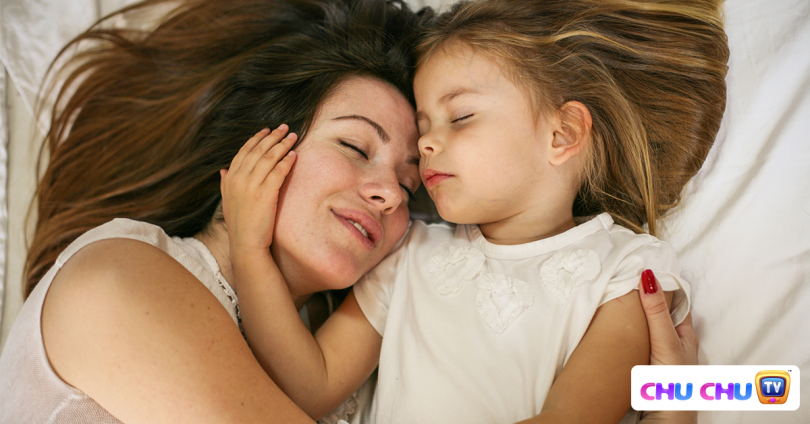
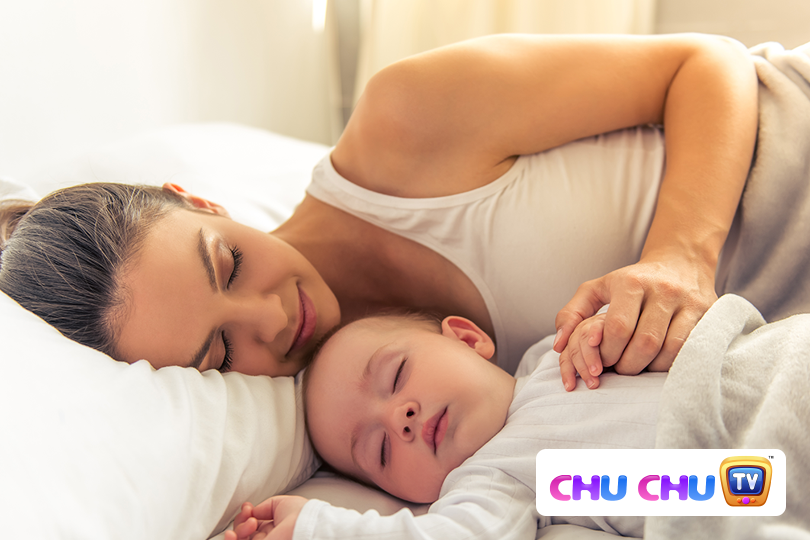
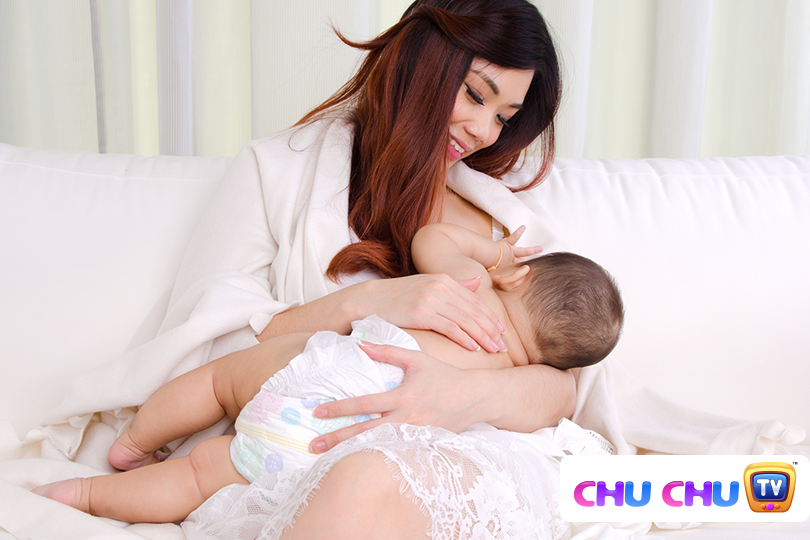
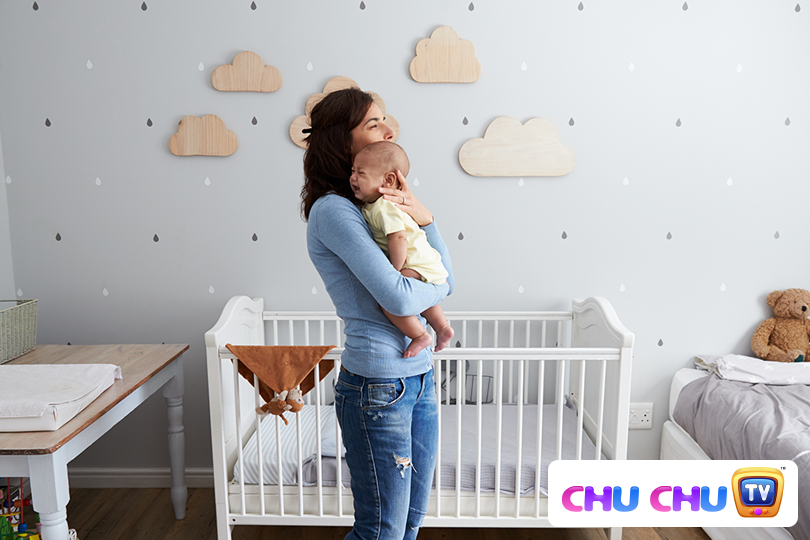

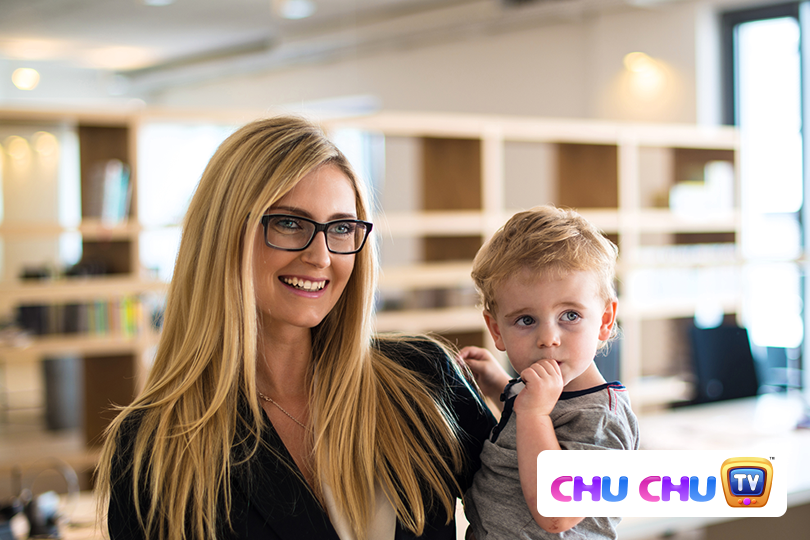

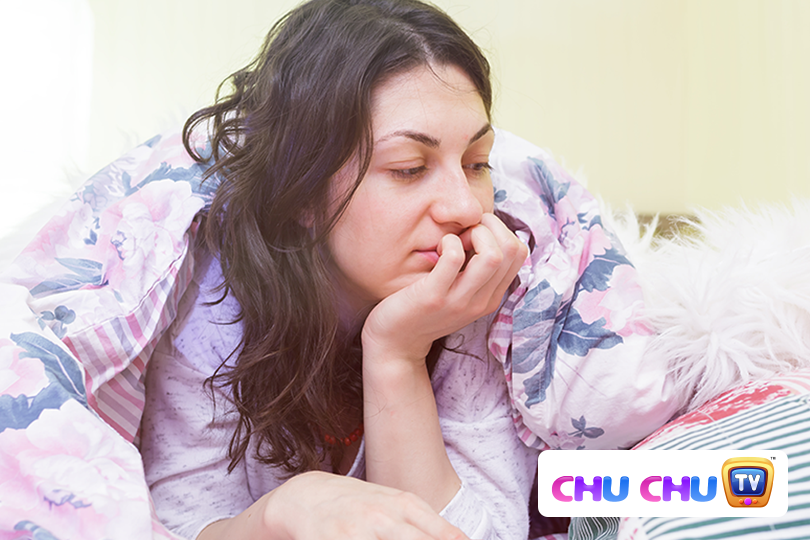
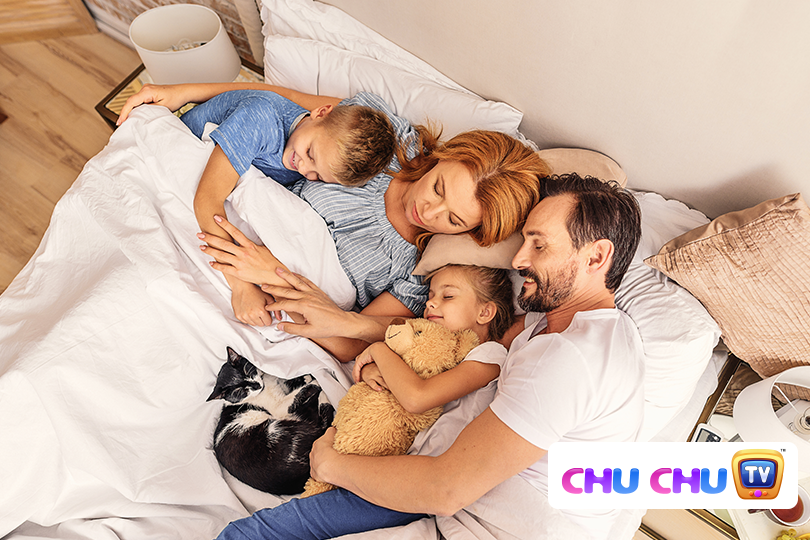
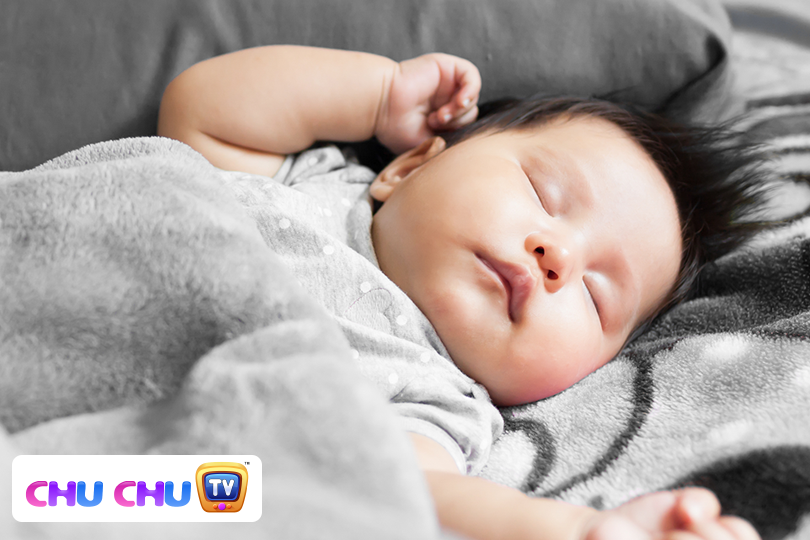






Leave a Comment